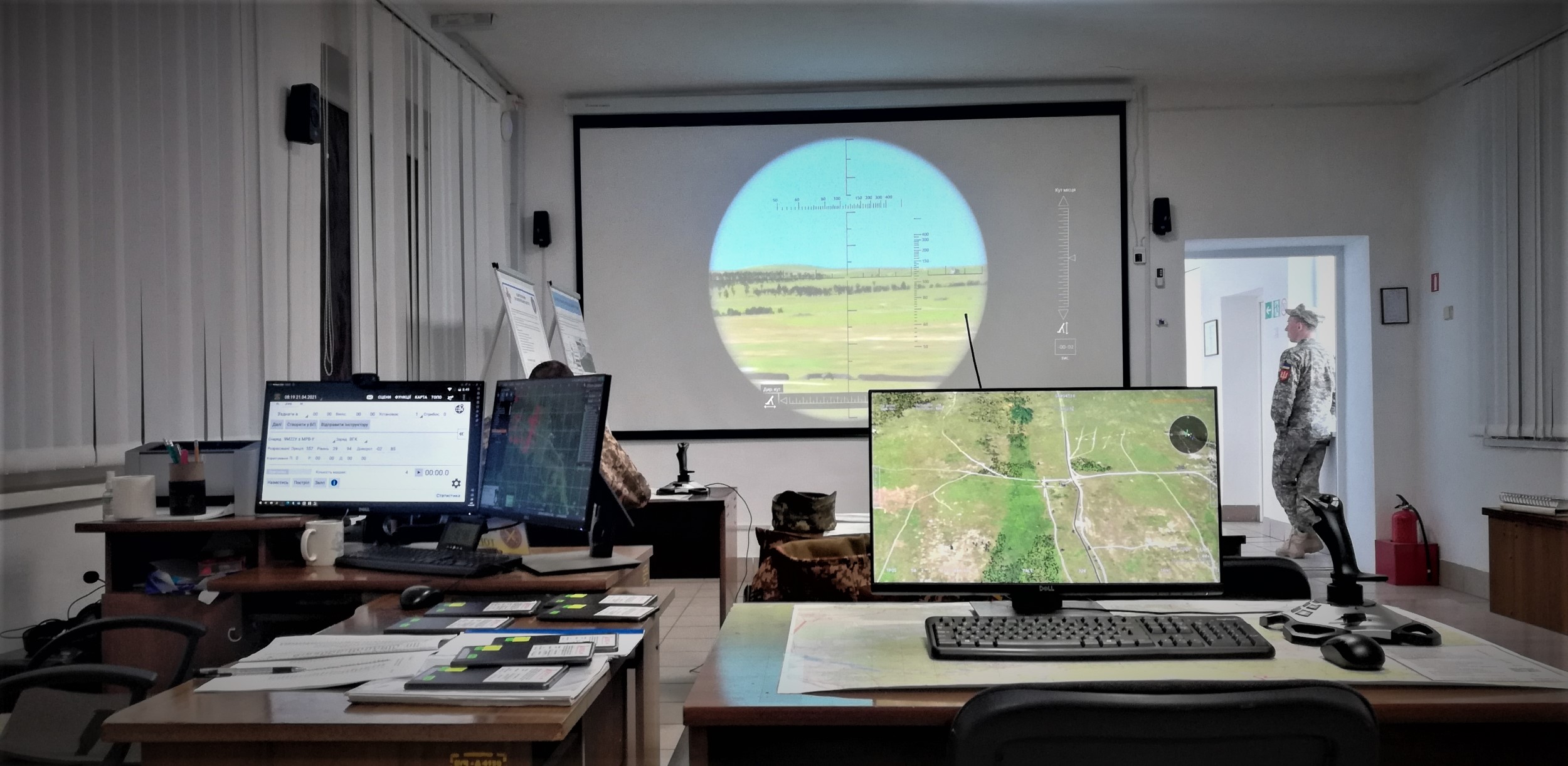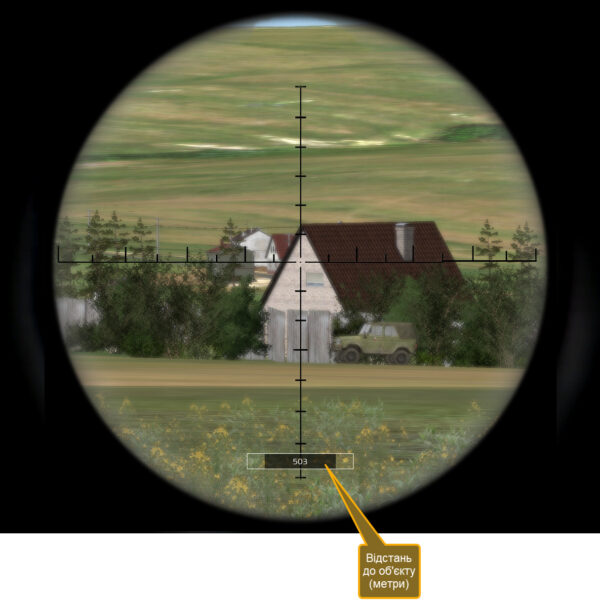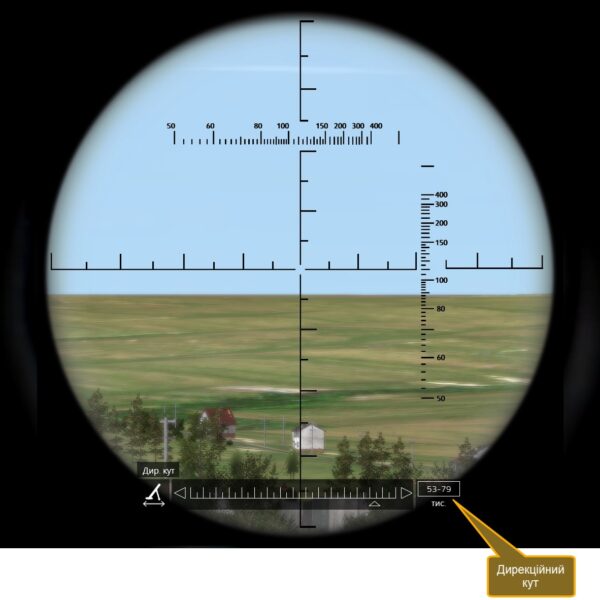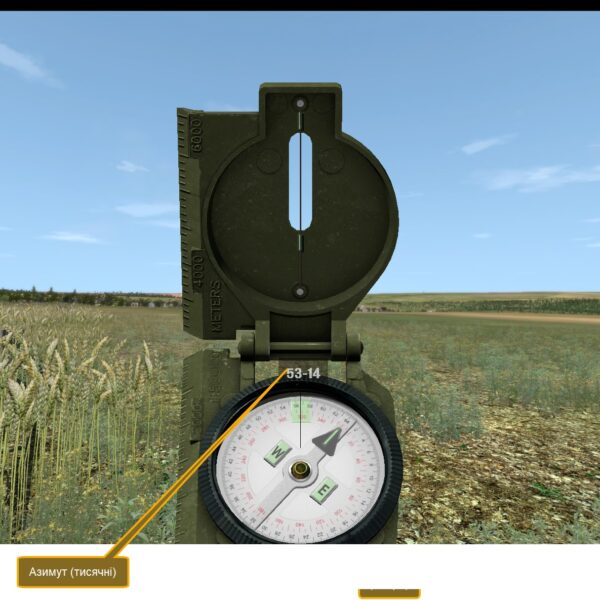
The simulator is designed for:
- formation of solid theoretical knowledge of the current rules of firing and control for ground artillery and course of artillery training among artillery officers and non-commisioned officers
- training artillery officers and non-commisioned officers and development of stable skills to inflict fire damage on the enemy by performing fire tasks, determined by the course of artillery training with the use of all types of artillery systems, adopted in the Armed Forces of Ukraine
- training of personnel in inflicting fire damage to the enemy by performing fire tasks, determined by the current course of artillery training with the use of all types of artillery systems, adopted in the Armed Forces of Ukraine
- testing of knowledge and practical skills in performing fire tasks by officers and non-commissioned officers
About software
The software is developed taking into account international experience and developments in the field of virtual reality. Due to the integration with the software and hardware complex “Kropyva” it implements mathematical models of gunnery by Ukrainian artillery,calculating the area of impact when firing a single gun (mortar), fire platoon or battery, taking into account the terrain, weather conditions, individual corrections according to the artillery range tables.
The simulator supports the calculation of initial firing data for the main types of ammunition for the following types of artillery: 2C1, 2C3, BM-21, 2B11. To service shooting and carry out adjustments, reconnaissance devices were implemented in the virtual space: compass, rangefinder, binoculars, periscopic aiming circle etc.
All this allows you to create interactive tasks with the adjustment of fire on a fixed target using different types of ranging (range spotting, ranging by rangefinder, with a stopwatch) and tasks on deflection shooting (convoy of vehicles).
The software is built using the standard data exchange protocol used in NATO countries – STANAG 4603 Modeling And Simulation Architecture Standards For Technical Interoperability: High Level Architecture (HLA) within a local data network (LAN). It enables three-dimensional simulation of a real-time combat situation using mathematical modeling methods with the ability to connect to other training complexes and conduct group training of cadets in real time in a single simulation space.



